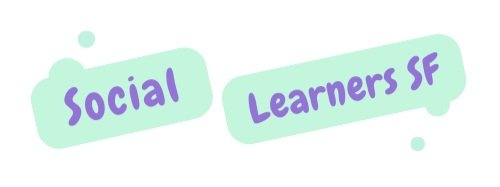
Frequently Asked Questions
Do you take insurance?
Shannon is in-network with some Blue Shield of CA PPO plans but you must verify that your plan is covered prior to starting services. While Rachel and Shannon are out-of-network with other major insurance companies, we are happy to provide Superbills or reports for you to seek reimbursement with your insurance provider. Please check with your insurance provider to see if a portion of your sessions can be covered before starting services.
Do you treat students with specific diagnostic labels?
Many of our students have a diagnosis such as Autism Spectrum Disorder (ASD), ADHD, executive dysfunction, generalized anxiety, social phobia, selective mutism, twice exceptional (2E), gifted and talented, expressive or receptive language impairment, dyslexia, etc., but some of our students do not have a formal diagnosis. When using the Social Thinking Methodology, we are focused on treating the individual, not the diagnosis.
How big are your groups and how do you determine the makeup of students?
Groups range from 2-4 students per therapist. If the schedule allows, we like to bring groups together so students can practice their social competencies in a larger context.
We are very intentional in how we group our students. In addition to being grouped by age, we also take into account the students’ social goals, language and regulation skills, strengths and challenges in social cognition, and shared interests.
What makes your program different from traditional social skills program?
We use the Social Thinking Methodology developed by Michelle Garcia Winner and Dr. Pam Crooke where our focus is to support students in figuring out how the social world works and helping them to determine how they want to interact with it. We are not a behavioral approach that teaches social skills, but rather, we teach the underlying thinking. Instead of teaching students to use a memorized set of behaviors, we teach them how to socially problem solve based on their own social experience and the situation that is presented.
How are families involved in treatment?
The last 10-15 minutes of every session is dedicated to a caregiver meeting (in-person or via zoom) where the therapist relays what was addressed during the group and presents the specific vocabulary or strategies that the families can use and practice at home. This is also a chance for caregivers to ask any questions relating to their student and for them to connect with other families in our program.
